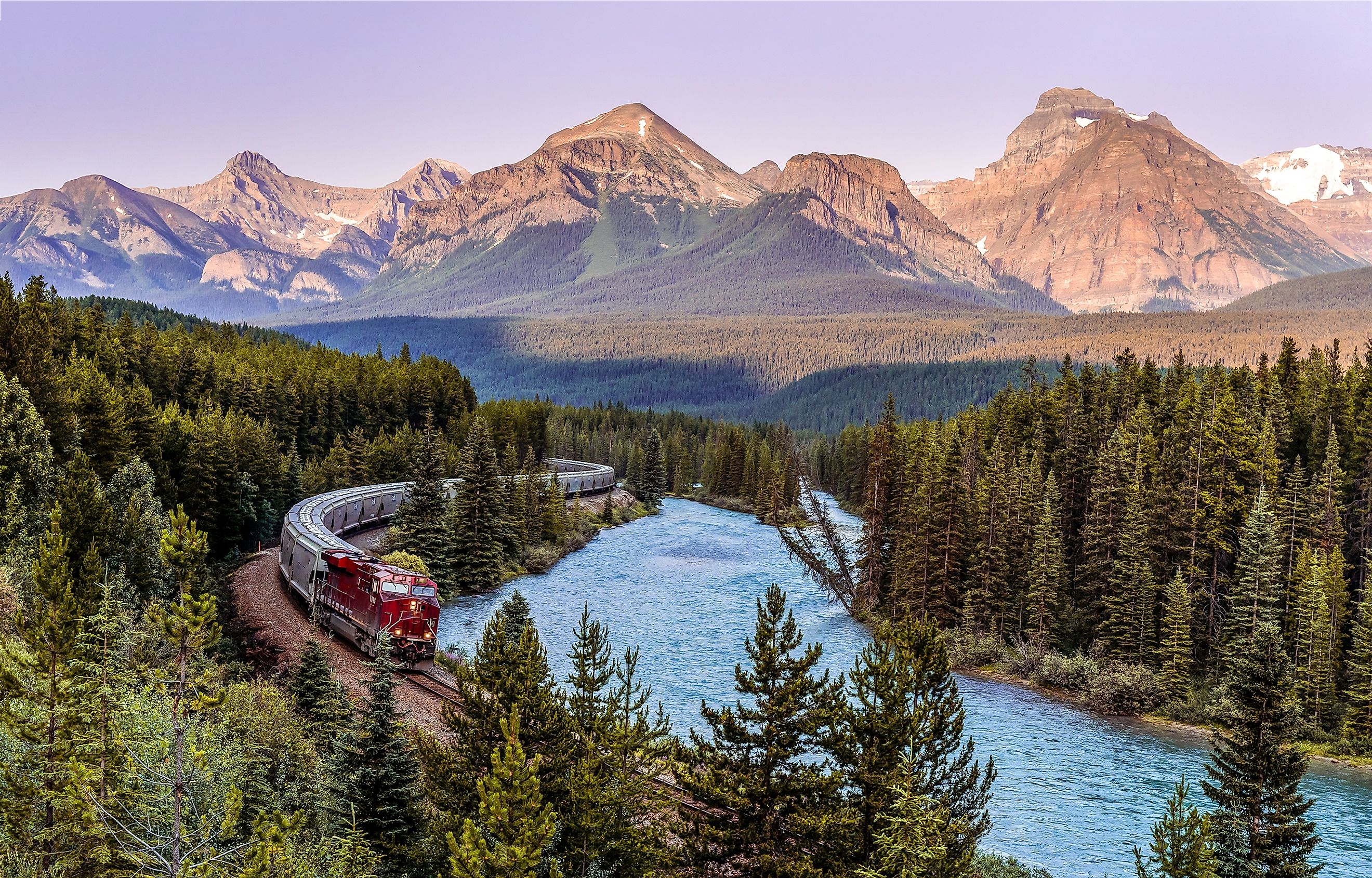
Riding The Rails Across Europe: A Haphazard Adventure
Having just walked across Spain, I faced an intriguing crossroads. I needed to get to Bucharest for the holidays, but I also had to wait three weeks for my tourist visa to reset. As such, I could either hunker down somewhere nearby and then fly over when the time came, or I could chip my way across the continent by utilizing a combination of buses and trains. The latter, while significantly more expensive (more on that in a moment), had a Kerouacian undertone to it that ultimately won me over. But rather than plan a precise route from Galicia to the Romanian capital, I decided to take it day-by-day – seeing where the roads and rails led me. Here are some of the highlights, and hiccups, from my haphazard adventure
San Sebastián, Spain
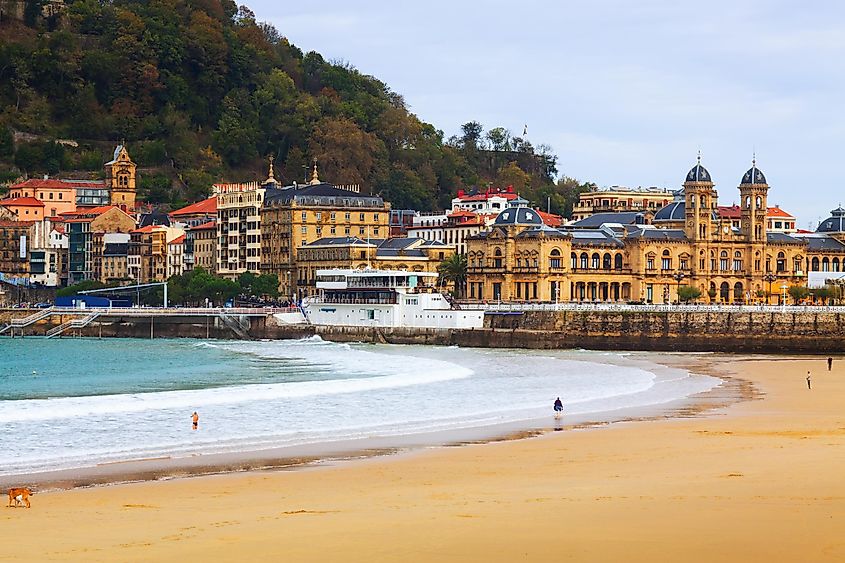
In order to backtrack across the Iberian Peninsula, and onwards to France, it made perfect sense to revisit a few of my favorite Camino towns. So after a few days of decompressing in Santiago de Compostela, I skipped East to Astorga, to once again enjoy the enchanted hilltop city, and then returned to the ebullient squares of Old Town Pamplona the following day, to toast the ghost of Hemingway at Café Iruña. After that, I made for the surf beaches and seafood pintxos of San Sebastián (or Donostia, in Basque), on Spain's Northern Coast. Given the magnetism of this place, but also the capricious weather, I opted for a second night, so that I could explore in bursts between showers. This is where San Sebastián's high-density of cafes and bars comes in handy – one can simply duck for cover in a cozy place at the first sign of rain.
Bayonne, France
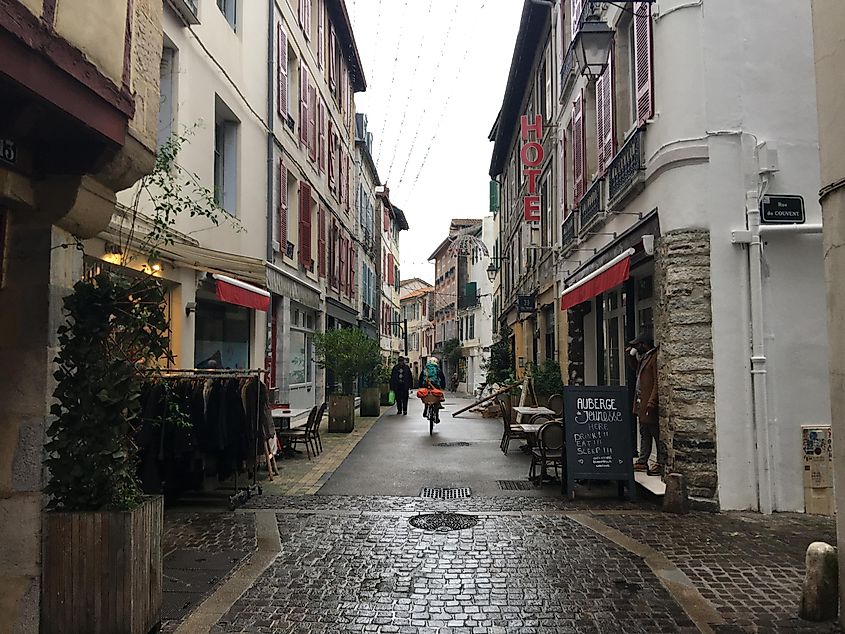
An hour's bus ride took me from Spanish Basque Country to the equivalent cultural enclave on the French side of the border. Where the rivers Nive and Ardour converge, the modest medieval city of Bayonne greeted me for a second time (I had also come through here on my way to St.-Jean-Pied-de-Port: the start of the Camino Francés). As it was a month before, incessant rain confined my experience to the couple of blocks surrounding Gare de Bayonne. This did not bother me in the least. Sure, blitzing through a European city is a satisfying endeavor, and a great way to check a travel box, but intimately engaging with a slice of community is another approach that should not be neglected. This can be a conscious exercise, or in my case, the decision can be surrendered to a higher power (i.e. the weather).
After checking out of my hostel, I darted to the cafe/laundromat on the corner (Le Spot du Linge). Washing down hot soup with red wine, I watched the drizzly scene unfold through the window, and waited for my evening train to Toulouse. The proprietor (a tough, middle-aged Frenchwoman) took to teasing me, in a fun way, for my lack of French. When I bragged that I could speak some Spanish, she instantly switched gears and danced verbal circles around me in that language too – leading to even further amicable harassment. I eventually won her over with my continued patience, and patronage. Plus, I must have provided some welcomed entertainment on an otherwise slow and lugubrious day. Some people critique the French for being impolite. I just think they're un-American.
Montpellier, France
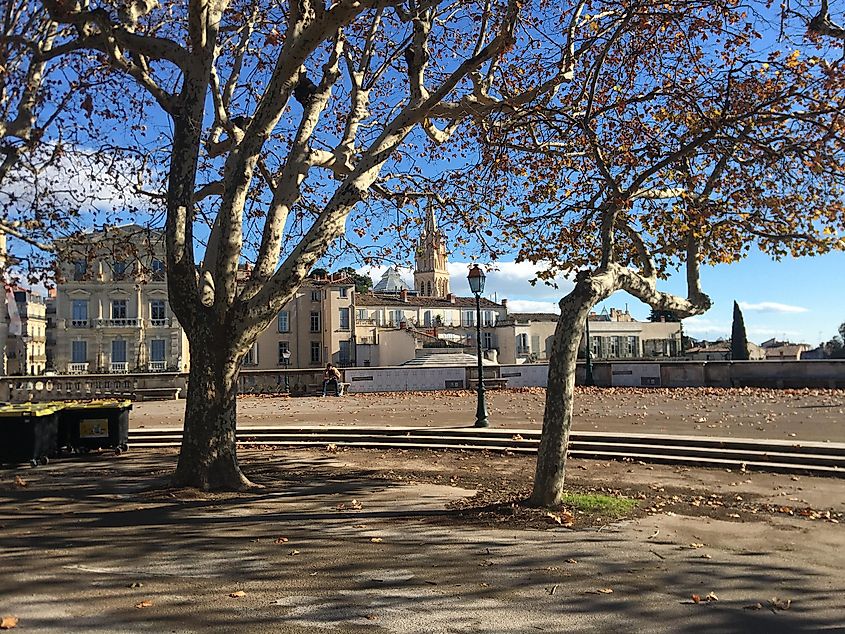
Toulouse didn't quite land for me. I don't blame "The Pink City," but rather the random circumstances from which I experienced it. This is part of the haphazard travel business. I've often found that glowing or scathing reviews (of places, restaurants, tours, people, etc.) are the product of transient affairs. For instance, I arrived late, and had to walk through sketchy neighborhoods to get to an even sketchier hostel (and it was still raining). Because of this poor first impression, I instantly decided to continue on to Montpellier the next morning. Sure enough, Montpellier felt safe, the hostel was one of the best I've ever encountered (a place called JOST), and the size of the metropolitan failed to dilute its consistent elegance. I immediately extended my reservation, and was rewarded with clear skies, and the discovery of a sprawling Christmas market in the Esplanade Charles-de-Gaulle.
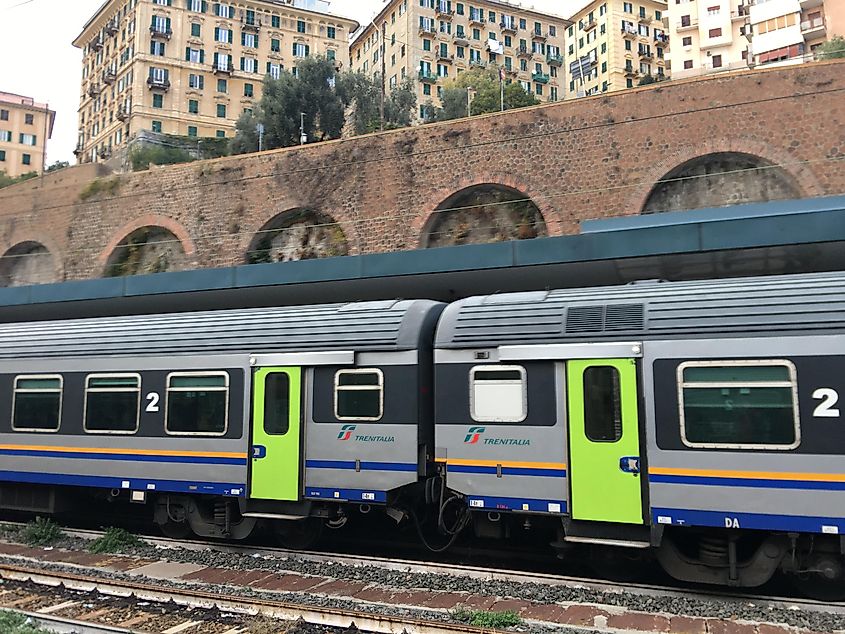
Side Note:
Something has shifted in recent years. The rise in popularity of the train has increased the ticket prices substantially, while the post-pandemic resurgence (and/or desperation) of airlines has made flying around Europe surprisingly economical – oftentimes cheaper than the train for an identical journey (at least, at face value). At a time when we are "encouraged" to reduce emissions dramatically, it is disappointing to see that trains have become a luxury. Buses are still fairly priced, and so I leaned on that method of transportation more than I planned to. But trains seem like they should be a total no-brainer for all these G20 countries. Perhaps there is simply a lag in supply brought about by the unexpected and sustained increase in demand. Fingers crossed!
Marseille, France
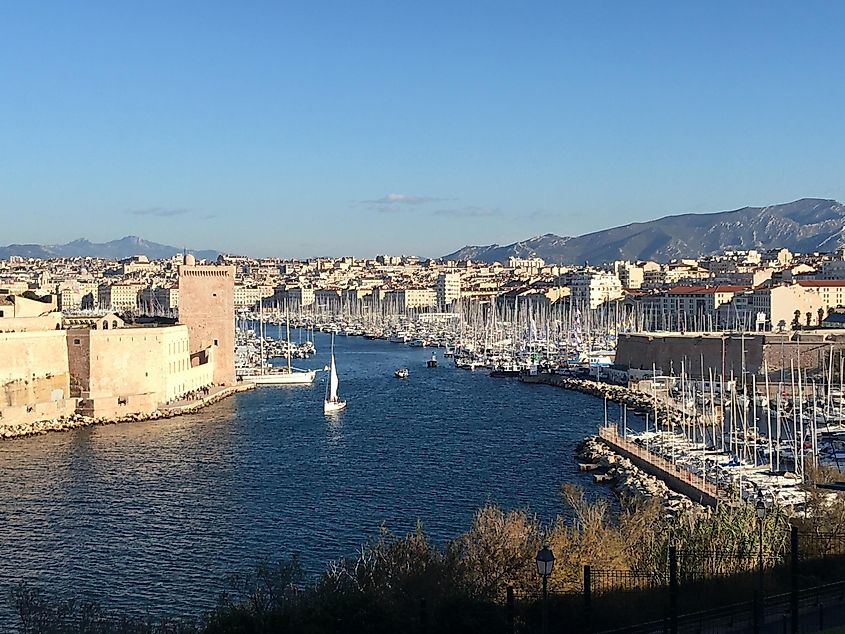
Given the moderate timeline, and distance I had to cover, combined with the fact that I didn't want to spend the entire time in transit, I had to be selective about my pit stops. Initially, I planned to visit either Marseille or Nice, before entering Italy. But after the hostel receptionist gushed about both, I decided to commit, and make up for the "lost" time further down the line. However, it was only when I walked out of the Saint-Charles train station and stood atop the long staircase leading down to the frenetic streets of Marseille that it dawned on me: I had actually been there before, in 2015, but had completely forgotten about it. I think this phenomenon officially makes me "well traveled." It certainly made me feel grateful (and a little silly). But whether it was my first trip, or my tenth, I had 24 hours in which to absorb the colossal port city, and I vowed to make them count.
Though still recovering somewhat from my 800-kilometer/500-mile footbound sojourn, my penchant for walking was continually reignited by all of these amazing European cities. Emerging from Marseille's modern expansions to the base of the sail-boat-lined Vieux-Port stoked this urge more than any other feature throughout my travels. I felt compelled to stroll the entirety of both sides – out to the Palais du Pharo on the South side, and back around to Fort Saint-Jean on the North. I'm glad I went in that order, as I got to watch the setting sun's pink-orange hue descend upon the city from the fortress' elevated vantage point.
Nice, France
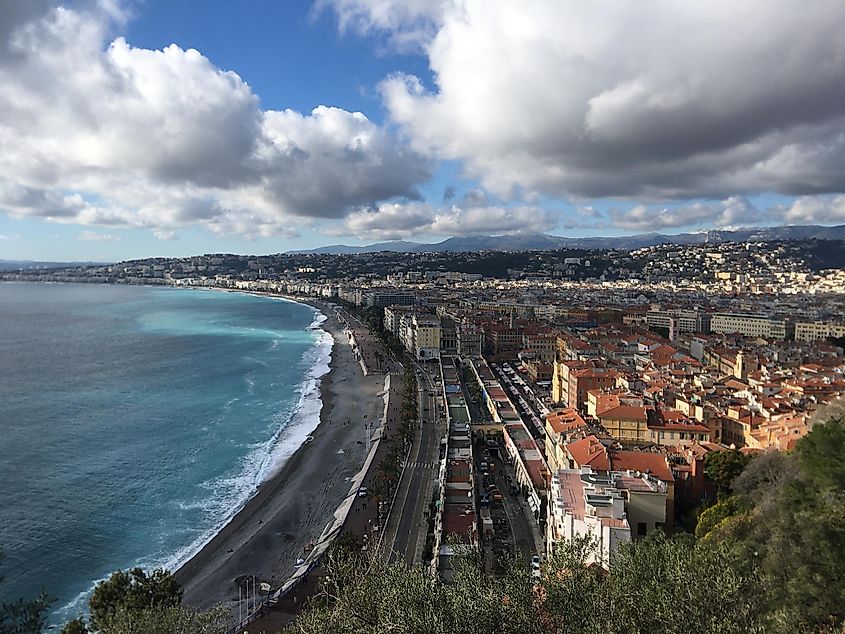
To complete my traverse of Southern France I gave myself another two-day allowance in the French Riviera city of Nice. Between the exquisite Old Town, the lengthy, pebble-strewn, Mediterranean beaches, and the background Maritime Alps, it is no wonder that this place was bustling even during the so-called "off season." After walking the entirety of the seaside boardwalk, I trudged the stone steps to the hilltop park, Colline du Château (where the red roofs and other colorful layers pop with each ascending viewpoint), and then plunged into the central streets, which transitioned effortlessly from open-air markets to ultra-high-end shopping districts. One cannot resist the obvious wordplay when describing this place. Nice is indeed, very, very nice.
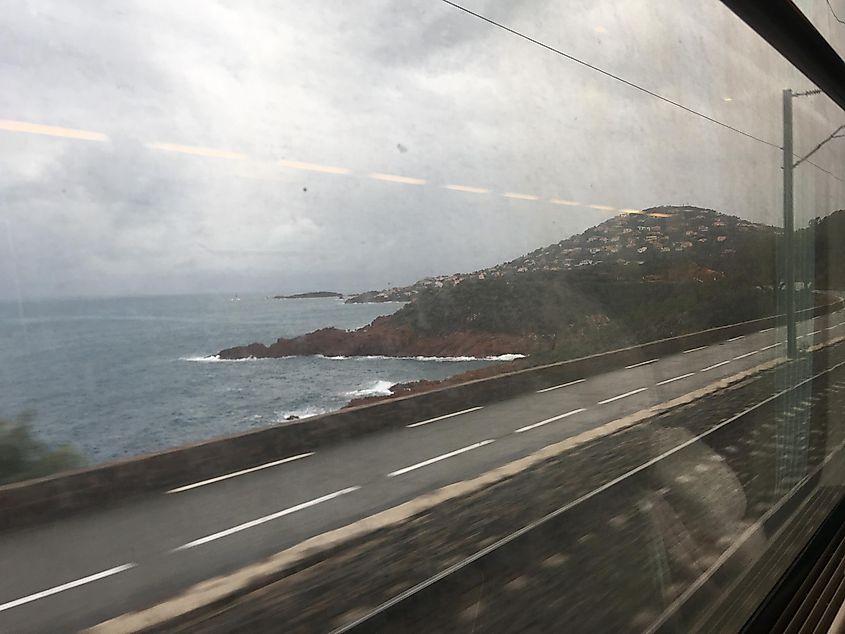
Side Note:
I learned the hard way that the best place to purchase train tickets is at the station. Buying online works well-enough for local routes that don't involve multiple companies, but international irregularities can easily emerge. The SNCF (French company) website had no problem selling me a ticket bundle to get to Italy, but would not allow me to retrieve the Trenitalia (Italian company) ticket online. I tried to print it at the kiosk the next day and was directed to the office. The office said that they could only print local tickets and directed me back to the kiosk. A reluctant employee near the kiosk then told me that I needed to print the second ticket when I got to the station in Italy. And when I got to Italy I was told that I needed to have printed my ticket back in France, since I bought it through SNCF in the first place. I was also told that this was a common occurrence. In the end, I simply had to buy another one on the spot. Good riddance.
Genoa, Italy
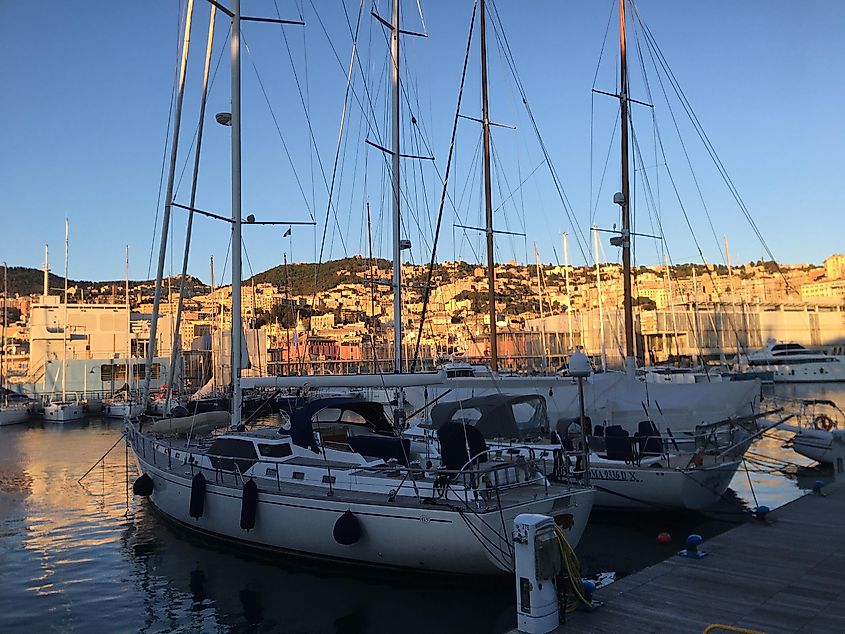
Because I spent so much time in France, I had to be choosier in Italy. Thankfully, the classic Eurotrip I did in my twenties included plenty of stops in pastaland. Genoa, Italy's largest port, was a fresh addition – and perhaps the highlight of the entire trip. Colorful like Nice, but with a superficial grime, rather than shine, the Ligurian capital was full of character, and hit different kinds of beats.
There are no skyscrapers in Genoa, but the old town alleyways are so narrow and, at times, dimly-lit, that it feels like the surrounding walls stretch to the heavens, and completely engulf aimless pedestrians. Get yourself oriented on the UNESCO-listed Via Garibaldi, itself a dazzling wander, then descend any sidestreet, whatsoever, and plunge into the stimulating labyrinth. Even Google Maps cannot fix a definite location, so be prepared to walk in circles for a while (it's all part of the fun). Eventually, you will probably find yourself on the waterfront. In contrast to the coastal cities of Southern France, Genoa again lacked the immaculate presentation, but gained a scrappy energy in its stead. The walkway was paralleled by high-trafficked roadways, built on top of each other, and interrupted by tourist attractions, machinery, and parking lots. At the same time, the opulent boats, pastel surroundings, and communal crowds created a lovable balance.
Rijeka, Croatia
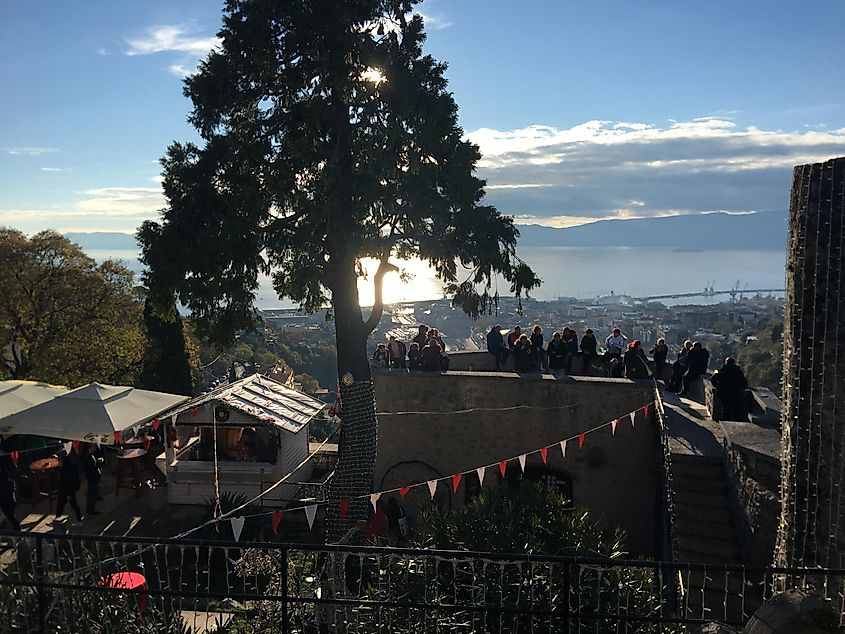
Not wanting to rush out of Italy, and to avoid another multi-transfer international transit fiasco, I spent a night in Milan, and then another in Trieste, over on the Adriatic Coast. The former was a pure layover, but I did spend a full day in the latter. It proved to be a pleasant, but generally forgettable port city. In all fairness, my growing fatigue (I must remind the reader that I was "sleeping" in hostels the whole way, and contending with an erratic transportation schedule) and my eagerness to get to Croatia probably prevented me from getting the most out of Trieste. This is another unavoidable scenario when it comes to extended travel: sometimes you will bring your A-game and get the most out of a place, and other times, you just can't muster the gusto to go gallivanting around all day and night.
The novelty of entering my 39th country, on the other hand, renewed my nomadic spirit. Suddenly, my backpack felt lighter, and even though I had to climb high into Rijeka's hills to reach my hostel, I practically sprang up the moss-covered staircases. The whole time, I was spurred on by the site of Trsat Castle, and captivated by the unfolding view of the Kvarner Bay behind me. One of the reasons I love walking so much is that it is genuinely the most effective way to explore a new place. Emerging from a central train station typically gives an honest glimpse into the unenhanced side of a city. From there, the attractions and amenities of the downtown core are typically within a mile or two. And closing the gap to your accommodations tends to unveil the peripheral gems, as well as oddities. There's a distinctive pulse to each place. But it's harder to feel from a car.
Zagreb, Croatia
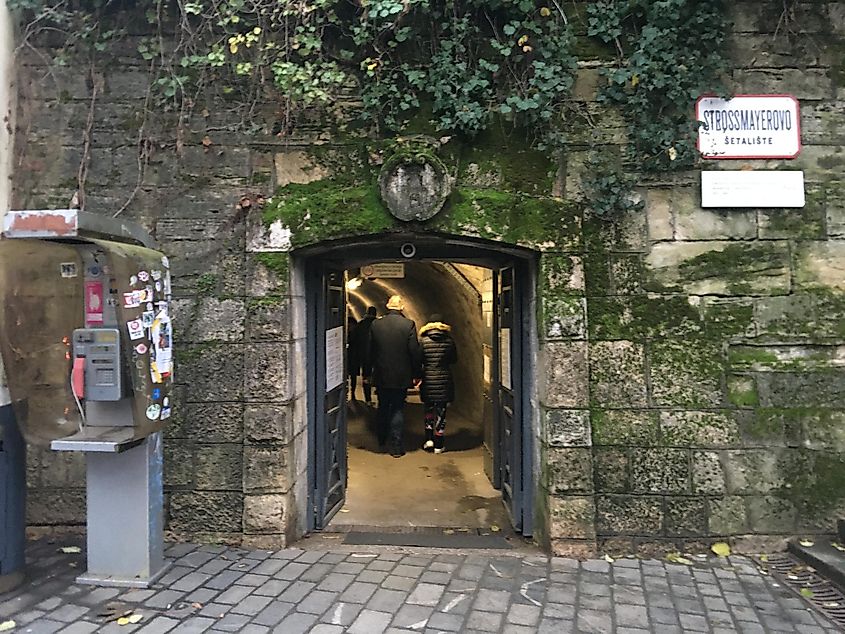
Croatia blends the best of Eastern and Western Europe. It is pretty, and tourist-friendly, like the West, but it is also gritty, and untamed, like the East. It's the type of place where people still smoke inside, and the buses/trains aren't cleaned between trips, but it is also exciting, comparatively inexpensive, and given its recent shifts in identity, wholly unique. Zagreb, the capital of Croatia, is one of those places that fellow travelers will tell you not to bother lingering in. I'm fine with that assessment, as long as the main takeaway is still to spend a day or two, and not skip it entirely. Truthfully, I was quite taken by Zagreb – especially with the holiday spirit in the air. I grabbed some hot wine and a cabbage dish of some kind at the outdoor Christmas festival, followed it up with some roasted chestnuts from a street vendor, and then made my way to Tunnel Grič – an air-raid shelter that has since been reinvented into a tourist attraction/art exhibit. The first part looked exactly like a soviet-era underground tunnel, whereas the second half suddenly morphed into a multi-sensory experience called "Polar Dream." The dichotomy perfectly encapsulated that East/West cultural/aesthetic merger.
Budapest, Hungary
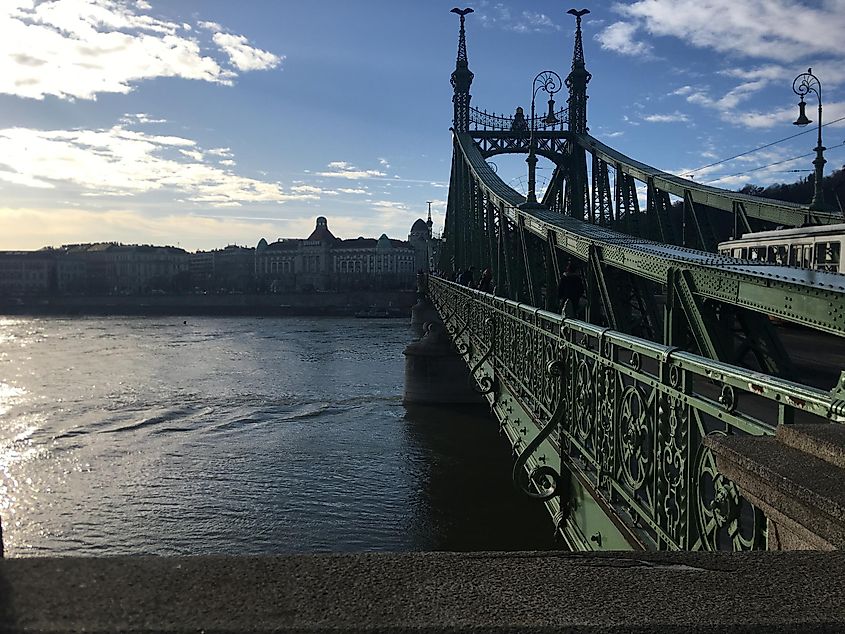
Another feature of Eastern European cities is that their size and layout mock photographer's attempts to contain them. The big, blocky buildings of Budapest don't necessarily beam in close-up shots, but their collective scale tends to lose its impact at distance. Many times, I was floored by the long, street-level scene before me, only to be disappointed when I took out my phone. Likewise, standing on the Danube, peering towards the opposite bank (Budapest is similarly developed on either side) is an impactful experience, but a corresponding Instagram post is decidedly less visceral. Frustrating as this may prove to be for a budding travel-writer, I am also glad to know that there will always be justifiable, nay, vital reasons to engage with the real world.
Speaking of engaging with Budapest, the thermal baths are a must. Even though they are seriously overpriced compared to the hot springs this Canadian lad is used to visiting, the trifecta of architecture, history, and the shared cultural activity is priceless. Besides, when in Rome (or when in a former Roman settlement)...
Read More: Two Years of Nomadic Travels: The Why, Where, and How
Bon Voyage!
The first part of my Eurotrip was loose, and guided only by the general need to head East. Most days, I would simply plug destinations I saw on the map into a search engine, or peak at the prices of suggested destinations on the train-station kiosk, and see what kind of feeling registered in my gut. This haphazard approach led to delightfully mixed results. Sometimes I paid more than I needed to to get to a place that was underwhelming. Other times, I scored a sweet, last-minute deal and ended up somewhere I never imagined, but will forever dream about. The second half of my itinerary was sculpted by the diminishing transportation options in the Eastern Bloc. For instance, I knew I had to get to Budapest in order to get to Bucharest (there was a grubby night train that had my name all over it), and there were only so many places within range of Budapest. In the end, I loved both the total freedom, and the freedom by restriction (i.e. the freedom of not having to choose). I don't think travel has to take any one form.
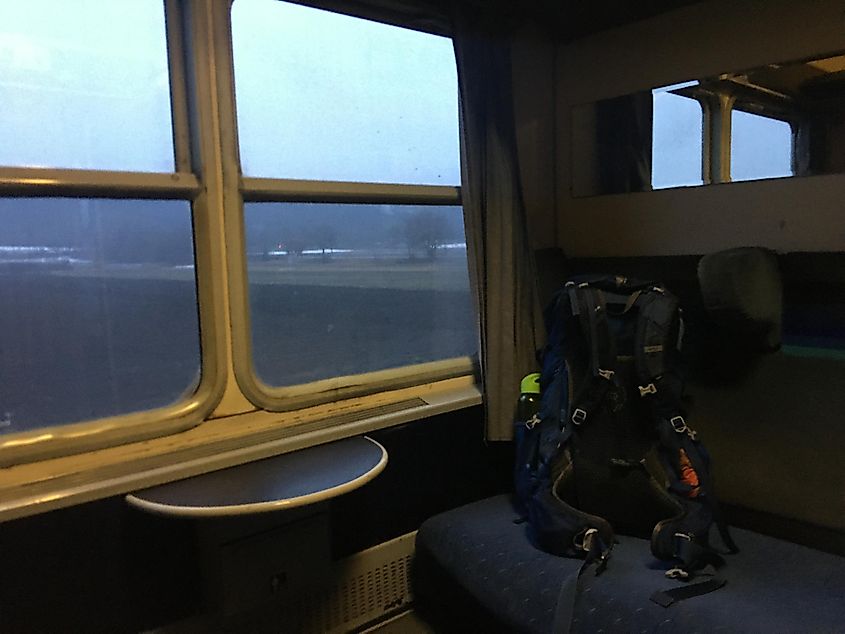
Despite the numerous faults of the European train system, it is a relief to not have to worry about checking a bag, or going through hours of security. And even though prices have skyrocketed, being able to simply walk to the station saves a ton on cab fare. But most of all, there's still something romantic about the train. You can gaze pensively out the window. You can engage with the people in your berth. You can get up and walk around. You can jump off at any stop for a stretch, snack, or smoke. In short, you can see the world, and feel like you're not being punished for doing so.











